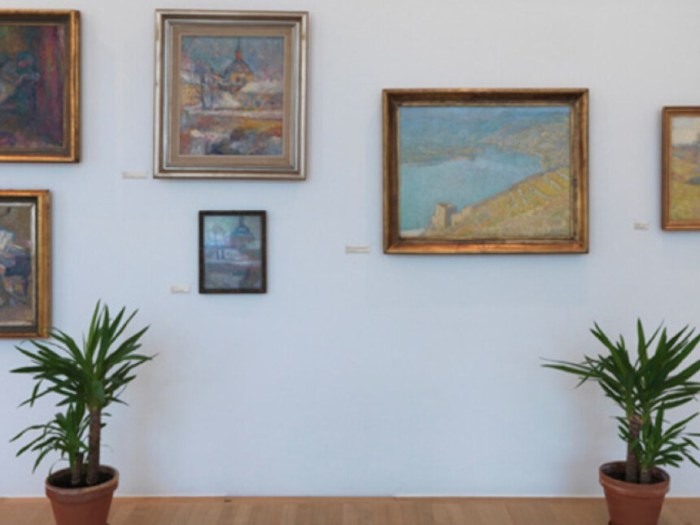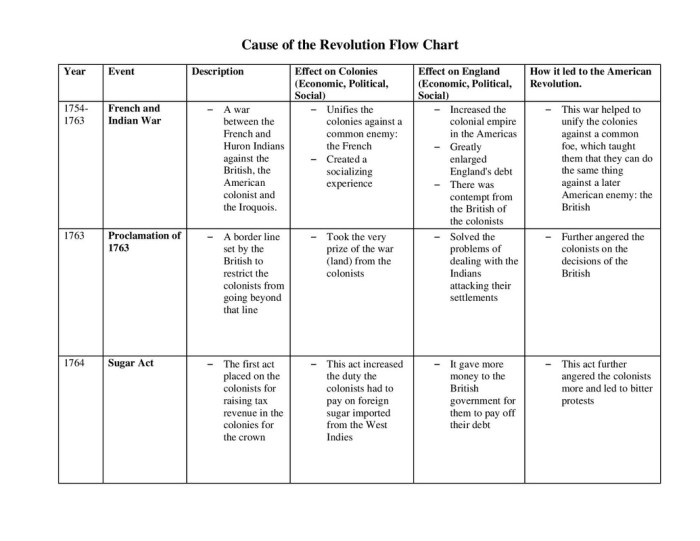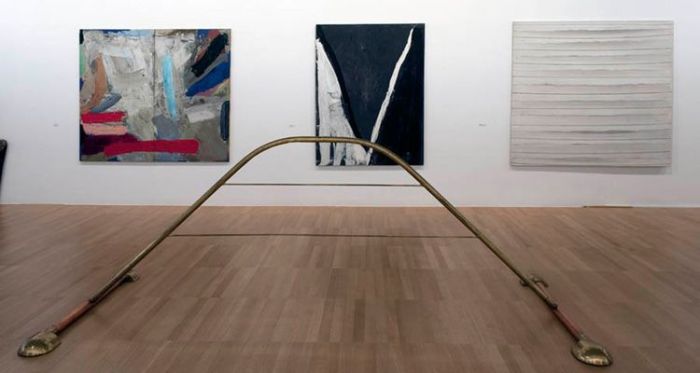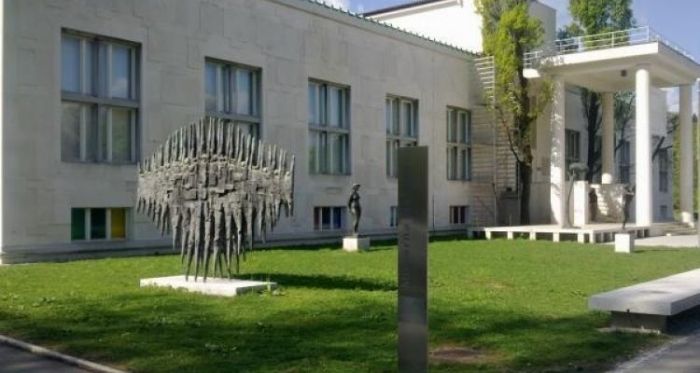Continuities in social roles in the 20th century present a fascinating tapestry of enduring structures and evolving dynamics that shaped societies worldwide. This topic invites us to delve into the intricate interplay between social hierarchies, gender norms, family structures, and technological advancements, unraveling their profound impact on individuals and communities.
Throughout the century, traditional gender roles persisted, shaping expectations and opportunities for women and men. Family structures underwent significant transformations, with the rise of nuclear families and the decline of extended families. Social mobility and economic inequality played crucial roles in perpetuating social stratification, while education emerged as a powerful force for social change.
Continuities in Social Roles in the 20th Century

The 20th century witnessed significant social transformations, yet many social roles and structures exhibited remarkable continuities. This article examines these continuities, exploring how they shaped societal dynamics and influenced individual experiences.
Social Structures and Roles in the 20th Century
During the 20th century, social structures and hierarchies varied across different regions of the world. In many societies, traditional class systems persisted, with a small elite at the top and a large working class below. In some regions, feudal structures remained intact, while others experienced rapid urbanization and industrialization, leading to the emergence of new social groups.
These social structures influenced the distribution of power and resources within societies. The elite typically held political and economic control, while the working class had limited opportunities for social mobility. Social roles were often defined and assigned based on factors such as gender, race, class, and ethnicity, creating distinct social hierarchies.
Continuity of Gender Roles, Continuities in social roles in the 20th century
Traditional gender roles persisted throughout the 20th century in many cultures. Women were primarily responsible for domestic duties and childcare, while men were expected to be the breadwinners and leaders in public life. These roles were reinforced by societal expectations and limitations, as well as legal and institutional barriers.
The persistence of gender roles influenced access to education, employment, and political participation. Women faced significant barriers in these areas, as they were often denied opportunities due to their perceived domestic responsibilities. However, the 20th century also witnessed the rise of feminist movements, which challenged traditional gender norms and advocated for women’s rights.
Frequently Asked Questions: Continuities In Social Roles In The 20th Century
How did social hierarchies influence power distribution in the 20th century?
Social hierarchies established clear power dynamics, with elites holding disproportionate influence over resources, decision-making, and societal norms.
What factors contributed to the decline of extended families?
Urbanization, industrialization, and changing social values led to the breakdown of traditional extended family structures, favoring smaller, nuclear families.
How did education impact social mobility in the 20th century?
Education became a key factor in social mobility, providing individuals with opportunities to acquire skills and knowledge that could lead to upward social movement.
What was the impact of technological advancements on social roles?
Technological advancements, such as communication and transportation technologies, transformed social interactions, workplace dynamics, and the distribution of power.


